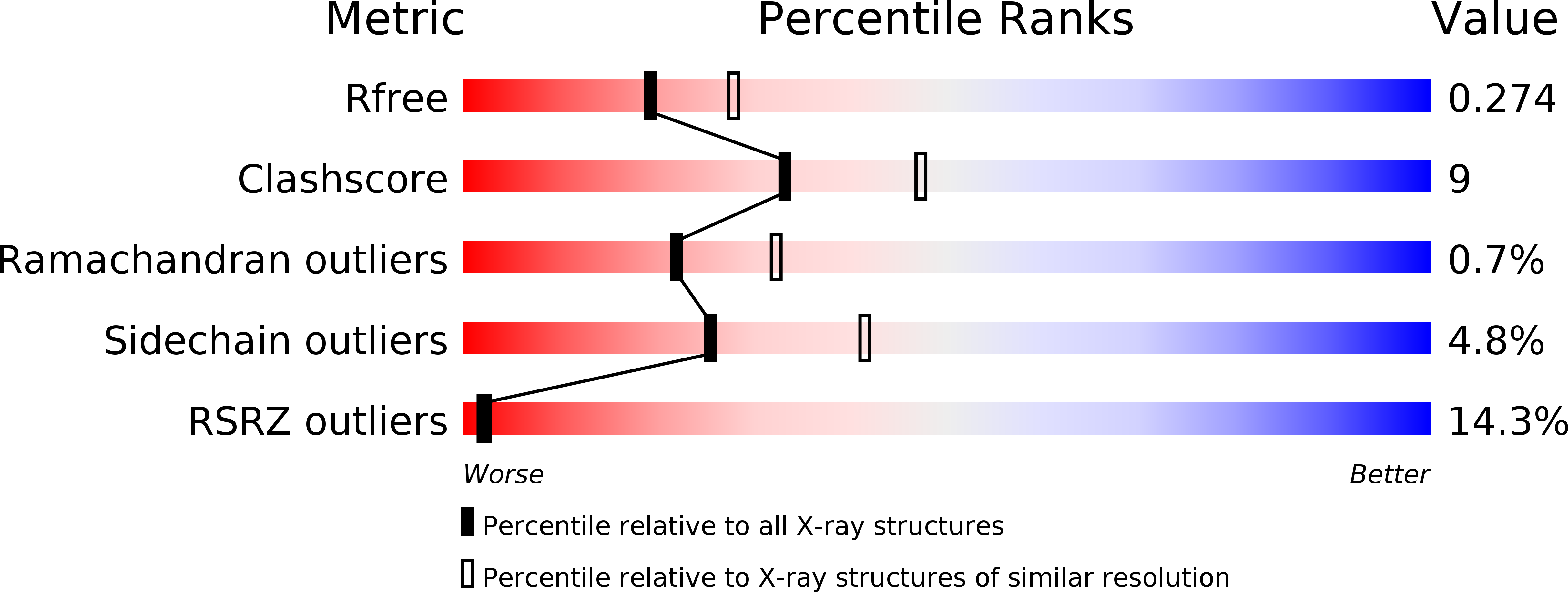
Deposition Date
2008-12-22
Release Date
2009-05-19
Last Version Date
2024-11-06
Entry Detail
PDB ID:
2ZXE
Keywords:
Title:
Crystal structure of the sodium - potassium pump in the E2.2K+.Pi state
Biological Source:
Source Organism:
Squalus acanthias (Taxon ID: 7797)
Method Details:
Experimental Method:
Resolution:
2.40 Å
R-Value Free:
0.27
R-Value Work:
0.24
R-Value Observed:
0.24
Space Group:
C 1 2 1


